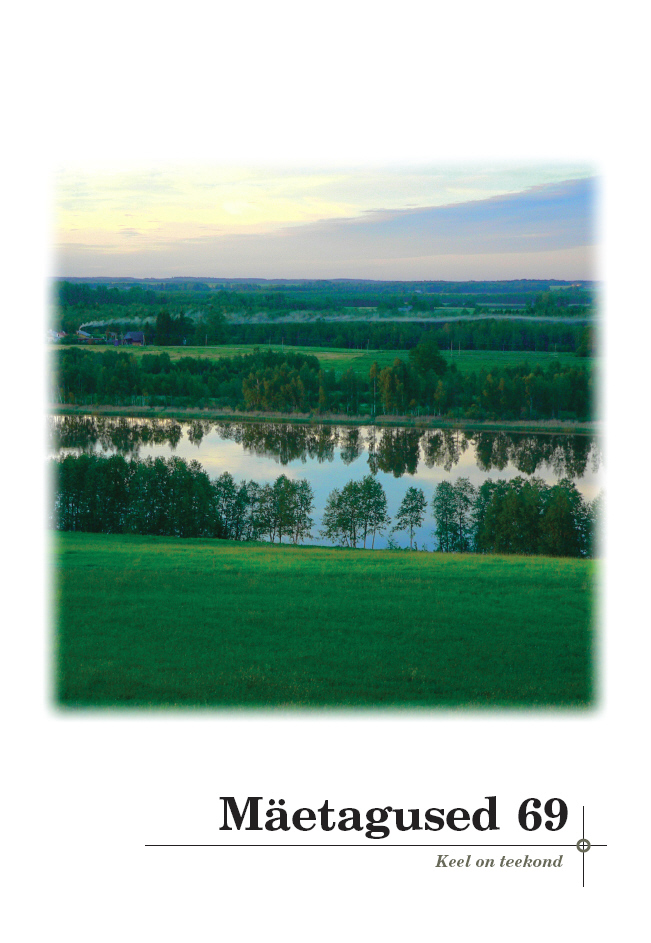Partitiivi laienemine aspektituks objektikäändeks
Expansion of partitive case in the Estonian language into a counterpart of Indo-European accusative
Author(s): Mati HintSubject(s): Customs / Folklore, Theoretical Linguistics, Applied Linguistics, Cultural Anthropology / Ethnology, Culture and social structure
Published by: Eesti Kirjandusmuuseum
Keywords: expansion of partitive as a common case for object; expressing the aspect in Estonian; language change; the rules covering the usage of object in Estonian; typology of morphosyntax
Summary/Abstract: The language-specific rules for expressing grammatical aspect in Estonian by the use of case forms of grammatical object were first described by Eduard Ahrens (1803–1863) in his “Grammatik der Ehstnischen Sprache Revalschen Dialektes” (1853). In the Estonian language the perfective aspect is expressed by the nominative and genitive cases of the object, and imperfective aspect by the partitive case of the object. During the last 150 years since Ahrens’s grammar, and later a grammar by Ferdinand Johann Wiedemann (“Grammatik der Ehstnischen Sprache ...”, 1875) the rules covering the usage of these cases for expressing aspect have been elaborated into a detailed syntactic theory. Nowadays, however, the situation is gradually changing: under the influence of Indo-European languages the partitive case seems to occupy more and more the role of Indo-European accusative as a common case for grammatical object, leaving aside and neutralizing the expression of aspect.
Journal: Mäetagused. Hüperajakiri
- Issue Year: 2017
- Issue No: 69
- Page Range: 153-180
- Page Count: 28
- Language: Estonian

